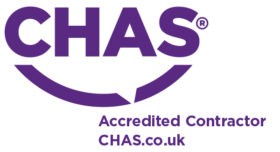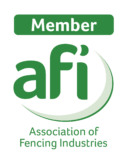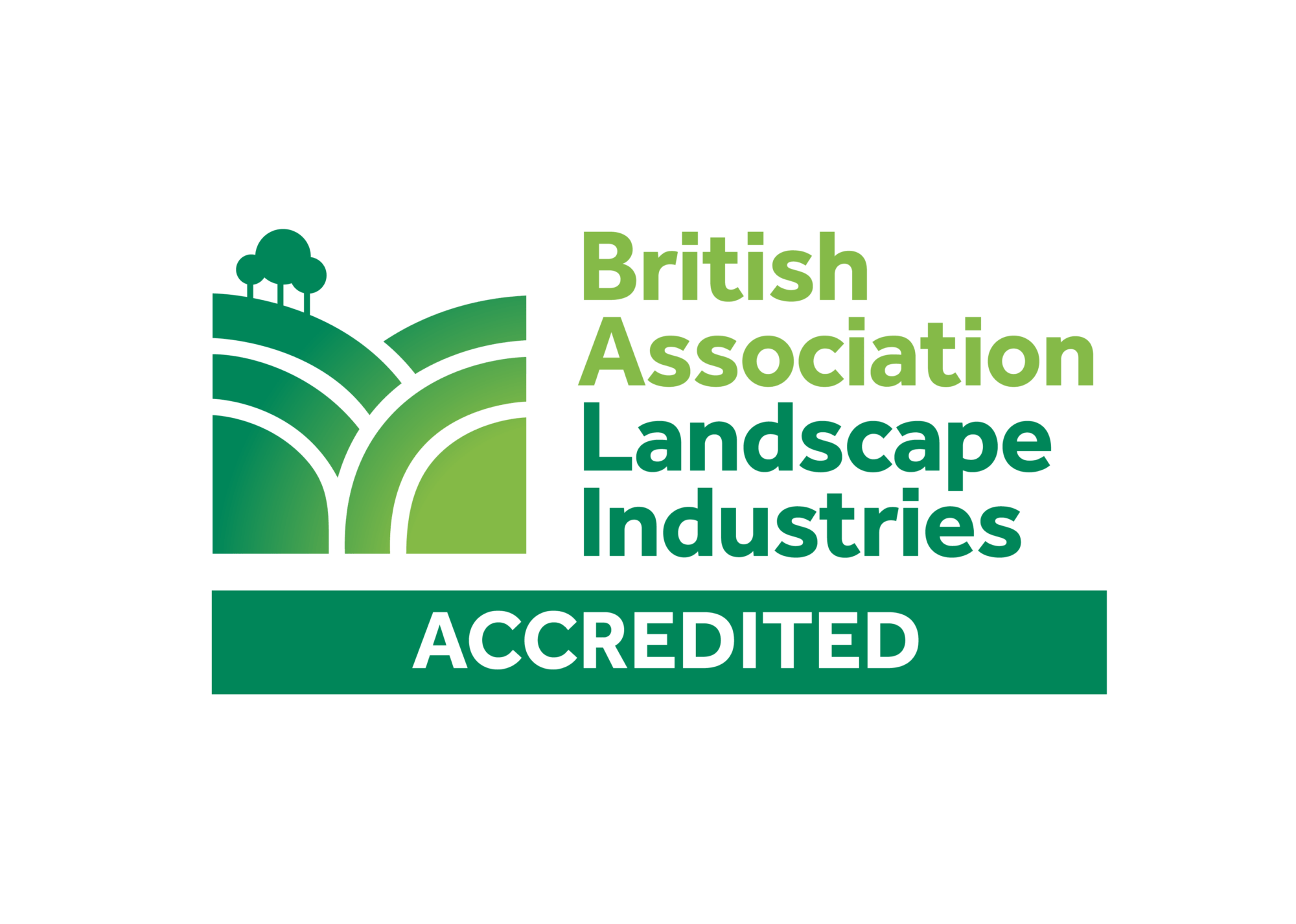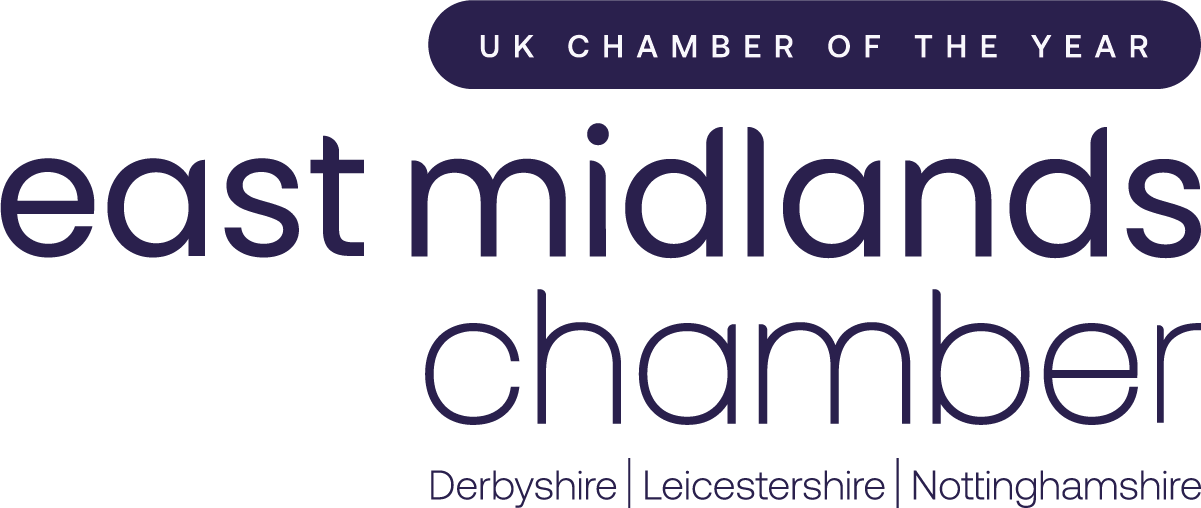Where a landscape architect, consulting engineer or client has a project requiring play area railings, various factors should be considered before a decision can be made on the choice of product.
Historically speaking, the choice of product used to enclose children’s play areas is bow top fencing, generally at a height between 900-1200mm above ground level. The British standard covering this product is BS1722 part 9. However, for the past few decades, it has become commonplace for the European standard BS EN 1176 to be adopted. This standard takes the basics of BS1722 and specifies further enhancement with regards to reducing gaps between vertical infill bars to 89mm and furthermore reducing the overall size of the curved bow top section above the top rail.
The reasoning behind this is to prevent possible areas for head and neck entrapment for children using the adjacent playground equipment. As an alternative to the traditional bow top design, flat top railings are also a useful option for enclosing play areas.
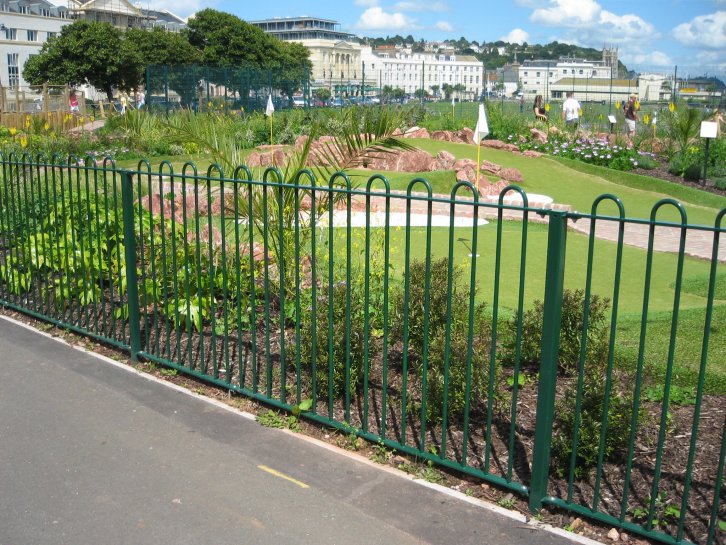
Special consideration should also be given when specifying choice of access gates within the play area fencing. The gate is an important factor – not only does it provide access into the play area, it also when closed, prevents free access to roaming dogs which may not only frighten children but also foul the space within. Thought should also be given when specifying a suitable self-closing mechanism to the gates. A suitable product would not only prevent finger traps around the hinge mechanism, but also be self-closing, at a suitable speed to prevent injury whilst also ensuring that the gate is never left in an open position.
Guidance on all issues contained above can be found by visiting our Resource Hub, where you will find a vast array of information gathered over many years’ experience within this sector. Our sales staff can always be contacted by telephone or email, where further advice is required.


